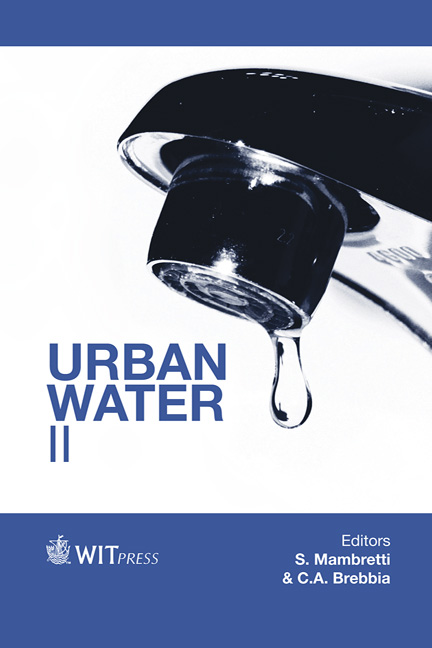Graphitic Corrosion Of A Cast Iron Trunk Main: Implications For Asset Management
Price
Free (open access)
Transaction
Volume
139
Pages
12
Published
2014
Size
819 kb
Paper DOI
10.2495/UW140351
Copyright
WIT Press
Author(s)
R. Logan, M. J. Mulheron, D. A. Jesson, P. A. Smith, T. S. Evans, N. Clay-Michael & J. T. Whiter
Abstract
Failures of (large diameter) cast iron trunk water mains can be catastrophic in the damage they can cause and it is therefore imperative to understand how cast iron deteriorates in order to help predict those areas of a water supply network which are at greatest risk of failure. Cast irons undergo a localized form of corrosion known as graphitic corrosion. Although a well reported phenomena, the mechanisms of graphitic corrosion are not fully understood. Scanning electron microscopy, in conjunction with energy dispersive x-ray spectroscopy, was used to characterise the microstructure and chemistry of the graphitic corrosion that occurs on the external surface of the pipe during time in service. It was found that that the graphite flakes within the cast iron are deteriorating during the corrosion process. High levels of chlorides are often found at the corrosion interface, within graphitic pits in the pipe wall. The implications of these observations on the development of models used to predict the remaining service life of buried trunk main are discussed. Keywords: corrosion, cast iron, water distribution, chlorides, trunk main.
Keywords
corrosion, cast iron, water distribution, chlorides, trunk main.





